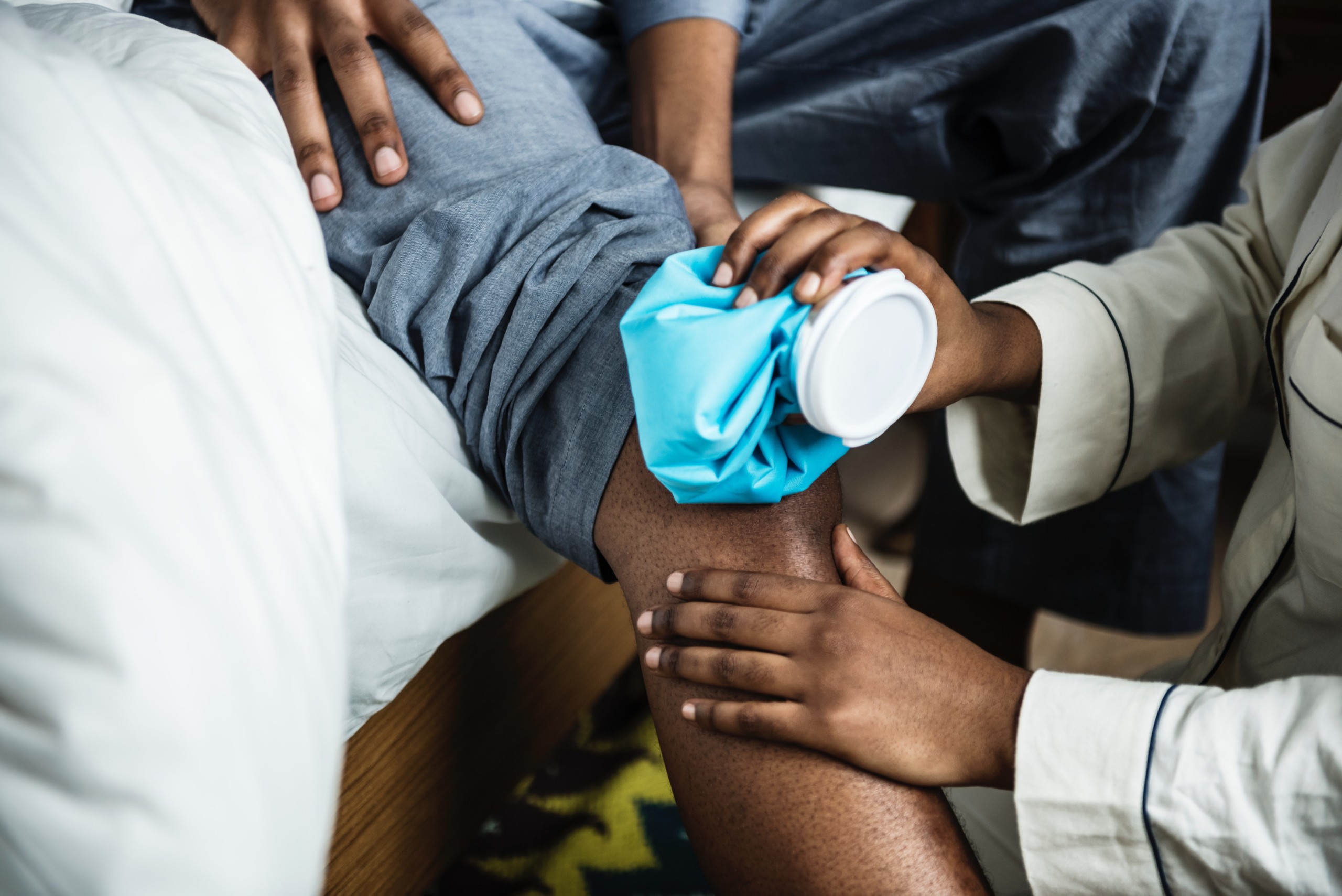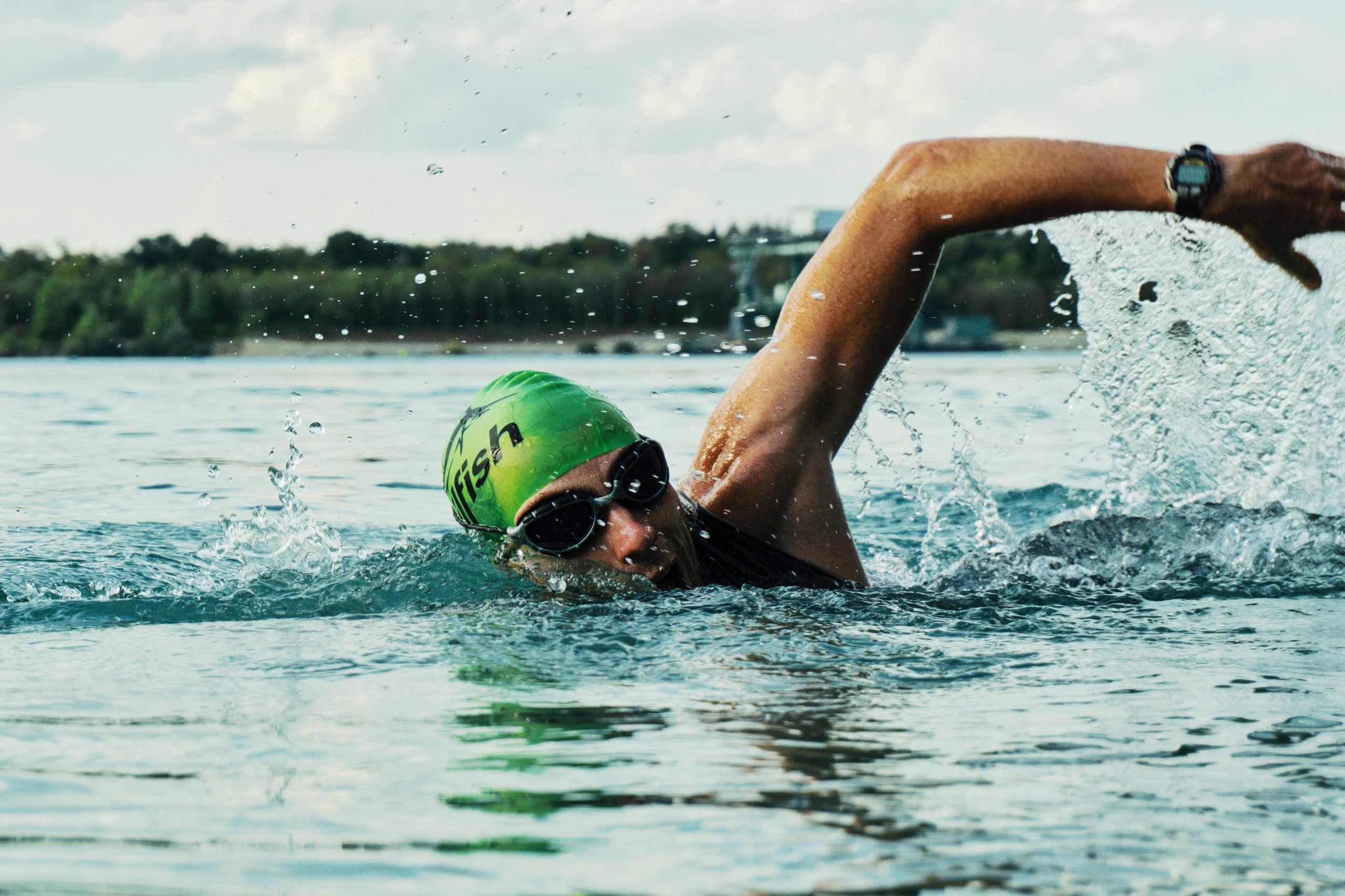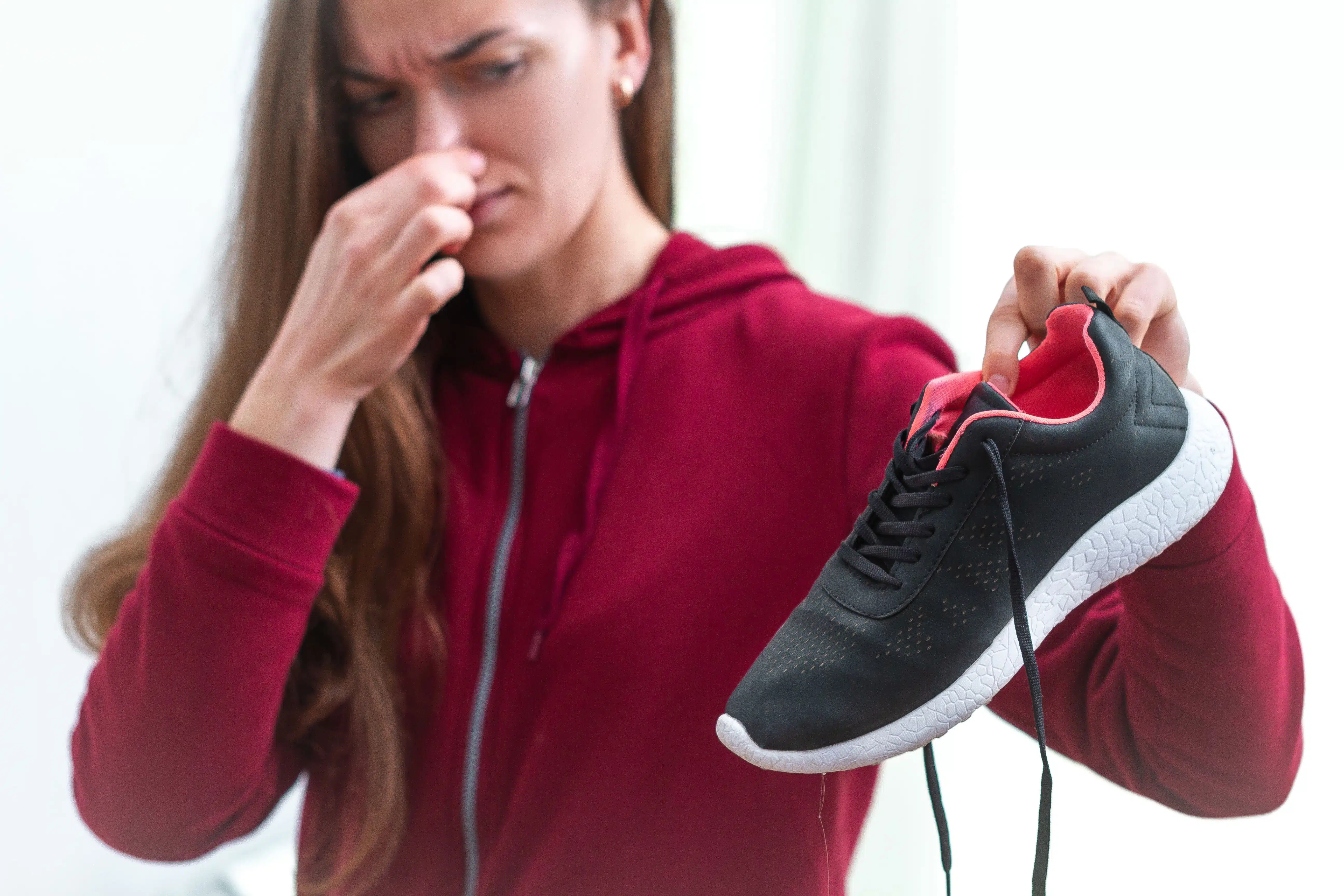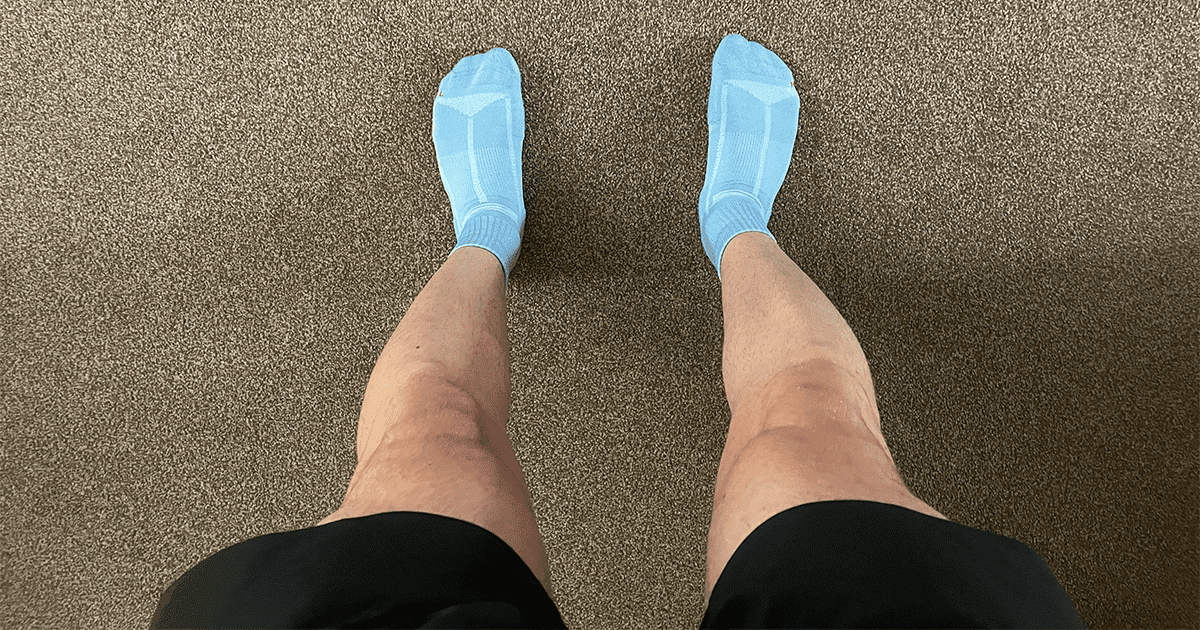6 Ways to maintain fitness when injured as a runner
Being injured sucks. Here are six ways to best maintain your fitness when injured.

It happens to the best of us. Every runner at some point or another will most likely end up injured. Whether we’re prescribed two weeks or sixteen weeks out from training, we can’t change the fact that injuries suck.
However, being injured does not necessarily mean we should stop living a healthy lifestyle and working out. In fact, it may be a sign that we need to change a particular aspect of our training.
While injured, the best we can do is be patient and maintain our existing fitness as best as possible. In fact, If you’re a beginner runner, you may return from injury a stronger, faster, and more efficient runner. If done right, of course.
This does, however, mean we must take action. Stop dwelling on your injury, get up off the sofa, and work with what you’ve got.
This article will discuss six ways to maintain our fitness while injured. Hopefully returning us back to the fantastic sport of running an all-round better athlete.
Related: 5 Tips to help you comeback from injury as a runner.
1. Patience

Every runner will be injured one time or another. The majority of these injuries will heal, they just require time. Rushing into your rehab or trying to run too soon after injury will most likely further aggravate your existing injury. This will most likely set you back even further from returning to the sport.
Unfortunately, there is no magic cure. Whatever your injury, you must be patient and allow your injury time to heal. No matter how bad it may seem, it will get better.
2. Take action
As well as being patient, we can also take action to speed up our recovery and maintain our fitness. There are plenty of ways to take action. These include rehab exercises and stretches, icing the affected area, and receiving frequent massages.
Rehab exercises
Rehab exercises will be prescribed by your physio, doctor, or medical professional. As tedious as they are, skipping these will not fix your injury. In fact, it will take longer for your injury to heal. These rehab exercises are designed to stretch and fix the affected area. Ensure to keep with your rehab exercises, preferably every day or every other day. This will speed up your return to running and reduce your risk of further injury when returning to the sport.
Icing the affected area
Alongside rehab exercises, various acute injuries, shin splints, plantar fasciitis, and stress fractures may benefit from regular icing of your injury. This will reduce swelling, increase numbness, and increase blood flow to the affected area to speed up recovery.
Massages

Massages are a popular rehab exercise to speed up recovery. Sports massages are excellent for reducing pain in the affected area, stretching the affected area, and even increasing your range of motion. Increasing our range of motion within tight areas of the body may result in a more efficient running style. Essential to running fast, remaining injury-free, and breaking personal bests.
3. Stick to your regular routine
Often when injured, we suddenly fall out of our regular fitness routine and spend an uncomfortable amount of time binge-watching Netflix and eating ice cream in bed. Sound familiar?
Maintaining your regular routine is a great way to maintain fitness, stay sane, and of course, allow time to yourself. Instead of your morning or evening run, why not replace this with a similar length walk? This will get the muscles working, our heart rate elevated, and most importantly, out of bed and out the door!
Likewise, when injured, there’s a good chance you’ll be able to keep up with your regular strength training regime. If you haven’t’ strength trained before, then now’s a great time to start.
4. Strength training

Strength training is essential as a runner. Injured or not, strength training will strengthen our muscles, reduce our risk of further injury, and even out muscular imbalances allowing us to become more efficient runners.
Before strength training, ensure to check with your doctor or physio to ensure than it will not aggravate your injury further.
Regular strength training while injured will allow us to maintain a somewhat regular routine. This will let the time spent from our injury to be much less painful. Likewise, strength training will definitely help with our return to running while maintaining our fitness. We recommend pairing strength training with cross-training while injured for the best results.
Related: Why and how strength training is essential for faster, injury-free running.
5. Cross-training

Cross-training is any activity which is not running. Whether this is cycling, swimming, rowing, or any other sport, cross-training is an excellent way to maintain fitness while injured.
Combined with strength training, it is very possible to return to running a much better runner than you were previously. This is because we’re working on both our aerobic fitness while increasing the maximum force we can produce each step while running.
Replacing your running sessions with a variety of cross-training sessions is by far the best approach to maintaining your running fitness. We recommend including a variety of different cross-training activities to stimulate different energy systems.
Cross-training activities include:
- Aqua jogging
- Cycling (both indoors and outdoors)
- Rowing
- Swimming
- Hiking
- Elliptical
One of the more running specific forms of cross-training is aqua jogging. Aqua jogging consists of running in the deep end of a pool while wearing a floatation belt. Aqua jogging is a particularly beneficial form of cross-training as were still able to run with much less impact. This is great for those injuries which place a lot of stress on the muscles, and instead still allows for a variety of running sessions to be done.
Related: The ultimate guide to cross-training as a runner.
6. Take it one step at a time
There’s no point dwelling on our r injury, all we can do is look forward. To maintain our fitness while injured best as possible, we must take our injury one step at a time.
What do we mean by this? We can only focus on what is in front of us, what we can do, and what is available. If you’re currently only able to stretch, ensure to stretch as much as possible to speed up your recovery.
Reminding ourselves that we will not be injured forever alongside patience and doing everything in our power at the given moment is the best way to maintain fitness and to speed up our recovery.
To finish
While the only thing we may want to do while injured is to run, there are plenty of other ways to maintain fitness and comeback stronger from injury. Ensure to remain patient and know that your injury will not last forever. Follow these tips, and you’ll be back pounding the pavement in no time. Hopefully, with the majority of your fitness intact.

Matthew is a lifelong runner, chief tester of all products, the founder of Running101, and freelance content writer for active brands. When he’s not writing, he enjoys lifting weights, cycling in the Lake District, and watching fast cars drive in circles on a Sunday. He also has a BA in sport, exercise and physical activity from the University of Durham.




